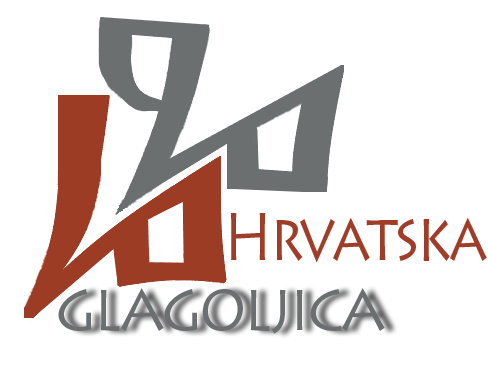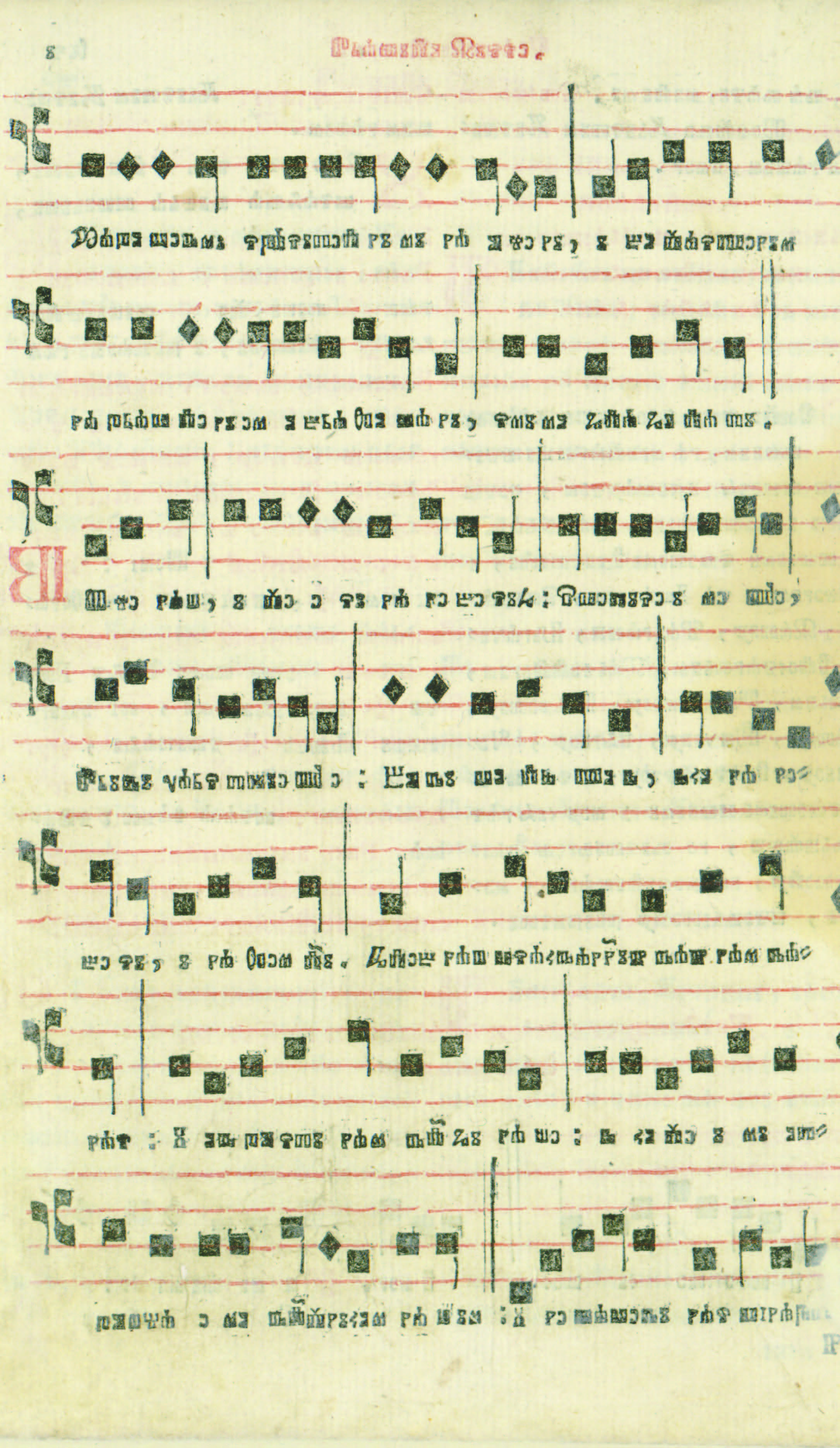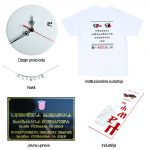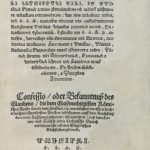Translation of the liturgical texts contained in Roman sacramentaries from Latin in the Old Church Slavic language, during the inculturation mission in Moravia and Pannonia, resulted in development of the liturgical cultural environment, which, in addition to the written word spoken during liturgy, in accordance with the liturgical tradition, includes also the singing part. In Roman liturgy, Gregorian chanting developed as a distinctiveness of the Roman liturgical heritage, which united singing and written prayers from sacramentaries, later from antiphonaries, graduals and breviaries, to make the beauty of the heavenly liturgy.
The Old Church Slavic liturgy, occurring in Croatia as early as by the beginning of the 10th century, belonged to the Roman liturgical tradition. This is supported by the oldest preserved Glagolitic liturgical sources, which are the direct translation of the Roman Latin sacramentaries of their time. This liturgy, as a distinctiveness of the Roman liturgical tradition, accurately follows the development of the Roman Latin liturgy, thus the 12th and the 16th century saw the preparation of the liturgical books of the Roman liturgy in the Croatian Church Slavic language and in Glagolitic script. Not only is the development of the Roman liturgy in Croatian Glagolitism accurately followed, but also the development of the singing parts of liturgical service. In Roman Latin tradition it remains the Gregorian chanting, while in the Croatian Glagolitic tradition it is the so-called Glagolitic chanting, which becomes the cultural phenomenon of this area of the Roman Church.
Probably the earliest records of chanted parts of the Roman liturgy in the Old Church Slavic language can be found in The Kiev Folia, but their strong testimony is found in fragments of Croatian Glagolitic breviaries of the 13th century as well as in all breviaries and missals after the redaction of the liturgical books of the Roman Rite in the 13th century.
Glagolitic chanting is manifested in two distinct features. Due to linguistic features of the Church Slavic language, in which Latin liturgical texts are translated, but sometimes not preserving the metric of Latin expression, it cannot follow Gregorian chants, therefore it creates its own singing forms that used to be a compulsory part of the liturgical service. In order to create its own singing forms, Glagolitic chanting had no stable form (like Gregorian), but it remained the distinctiveness and tradition of those church and religious communities celebrating the liturgy in the Church Slavic language, therefore it has so many different forms and ways of chanting.
The Church Slavic language can rightly be said, in addition to Latin, to be the second language of the Roman Rite, thus it is also possible to say that Glagolitic chanting, along with Gregorian chanting, is another form of Roman Rite chanting.
Kristijan Kuhar, PhD
Old Church Slavic Institute





